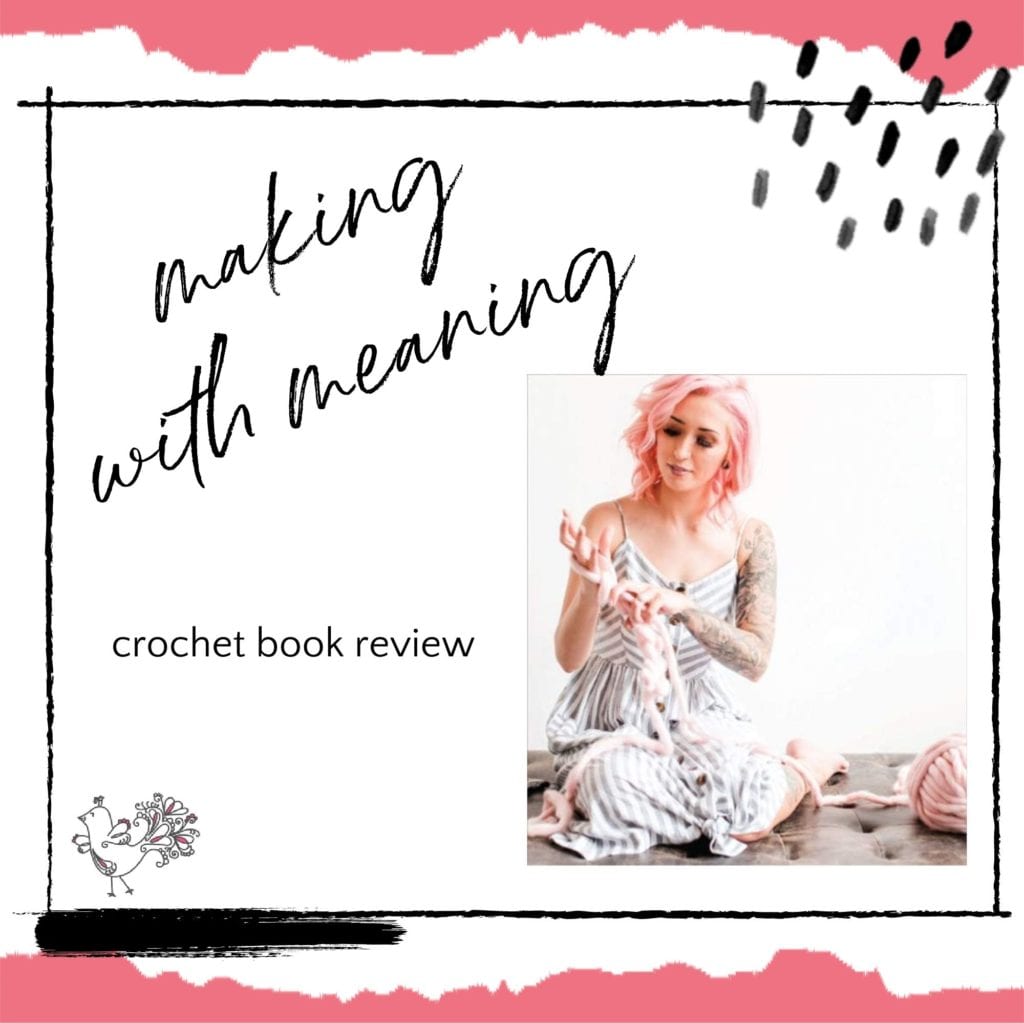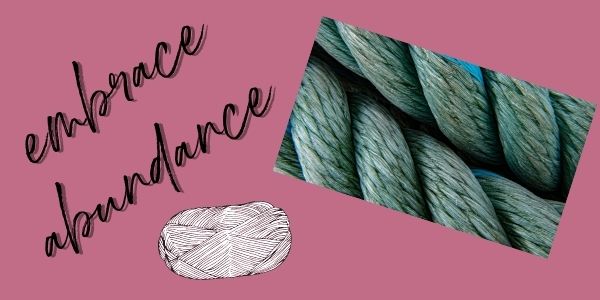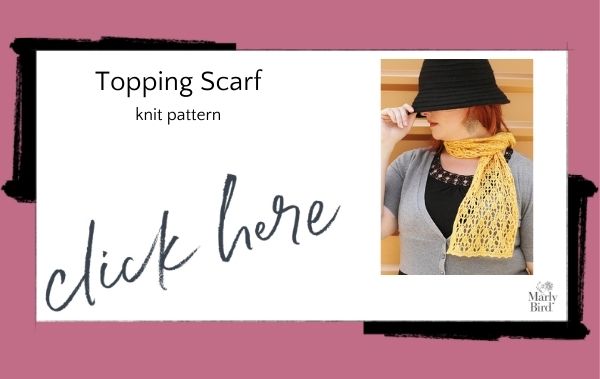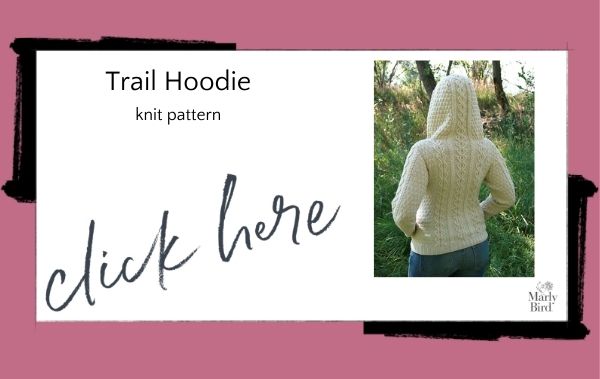It’s always exciting to see what Salena Baca is up to. The founder of the American Crochet Association is always working on something new and interesting. Recently she just came out with a new book of crochet tops patterns for beginners. It’s called Crochet Tops: 26 Simple Patterns for First-Time Sweaters, Shrugs, Ponchos, and More. If you’ve always wanted an easy guide to making crochet shirts, then this is a book that you need to put on your bookshelf.
Note: This post contains affiliate links. I receive a portion of sales from those links. Your price doesn’t change at all. Thank you for the support.

About Salena’s New Book of Crochet Tops Patterns
Here are some of the basic things that you should know about this new book of crochet tops patterns:
- It’s a skill-building book. If a beginner starts at the beginning and works their way through the book, they’ll steadily grow their crochet skills. If you essentially want a lesson in “how to crochet a shirt” from the ground up then this book will offer you that guide.
- There are more than two dozen crochet tops patterns in this collection. You’ll find eight crochet ponchos, three cardigans, two vests, two tees, one tank, one shrug, one duster, one blouse, one dolman, one kimono, one pullover, one crop top, and three other tops. In other words, there is a lot of variety.
- Each crochet pattern is sized for at least three sizes. Some are available in six sizes. There’s an effort towards some inclusivity.
- These crochet tops patterns are primarily made using worsted weight yarn. However, there are different yarn weights as well including one super bulky and one fingering weight top. The smallest hook sizes is G while the largest hook size is M.
5 Things You Have to Know About This Book

We got a chance to interview Salena about this book. Therefore, we were able to get some extra information for you. Here are five things you should know:
1. It Was Inspired by Two Simple Shapes
One of Salena’s previous books is Two Simple Shapes: 26 Crocheted Cardigans, Tops, and Sweaters. It sounds a little bit familiar, right? 26 designs all for tops. So we asked her what’s different about this book. She explained that the new book is for beginners, although any crocheter might enjoy the patterns.
Salena says that she took the feedback she received on Crochet Tops and used it to make this book, which she says could be a precursor to Two Simple Shapes. She adds, “The more I crochet, the more I see how skills, concepts, and designs can be more approachable with some simple skill-building advice and projects!” Therefore, she really wants people to use this book for skill-building. She wants crocheters to see that they truly can make wearable beautiful garments even with simple stitches.
2. She Loves Every Yarn In This Collection
Salena was able to choose only the yarns she loved the most to work with on this collection. It was important to her that the yarn was not just nice to crochet with but would also provide the fit and drape that would make each crochet top look good on different body types. The yarn used in this collection includes Red Heart Colorscape and Red Heart An Italian Story Ombra. Salena also suggests several suitable yarn alternatives for each pattern so that you have options.
3. Salena Likes Top Down, In the Round Top Construction
You’ll have the opportunity to learn a variety of different methods of crocheting tops through this book’s patterns. You’ll find tops made in a few pieces that are seamed together, tops made of crochet motifs, and tops crafted using very simple shapes. The last section of the book is all top-down, in the round crochet tops. Salena loves these as both a designer and a maker because you can easily see if the pattern is shaping out the way that it’s supposed to when you work in this style.
4. It Takes a Lot to Design a Good Crochet Top
The crochet tops patterns in this book make everything so simple for you as the crafter. However, it isn’t easy creating a top that fits nicely and looks good. As already discussed, the yarn choice makes a big difference. Salena explains that she also had to learn a lot about how various stitches, techniques, gauge, and construction methods would change the fit, style, and drape of a piece. She says, “Pairing a yarn and stitch pattern together is crucial, and many times I have to try a few yarn types before I get the right match for a design.” And a little insider designer tip: “When I’m finally ready to write instructions, I find spreadsheets are helpful with grading and double-checking my equations.”
5. Other Recent and Upcoming Crochet Books by Salena
Salena worked on another crochet book that will be out this summer, a collection of crochet market bags. And she’s currently working on the patterns for a brand new skill-building book. Keep your eye out!
Get the Book
Ready to make these crochet tops patterns a part of your personal library and wardrobe? Get the book here.
See all of the book’s patterns on Ravelry.

































